
DoD recognizes Brain Injury Awareness month, promotes warfighter brain health

The Defense and Veterans Brain Injury Center is leveraging new technologies and cutting-edge research to develop concussion care tools and protocols that prioritize early identification and individualized treatment to maximize warfighter brain health. (MHS graphic)
Every year, the Defense Department recognizes March as Brain Injury Awareness month to increase awareness of traumatic brain injury. Throughout the month, the Military Health System will provide tools and resources to educate the military community, and those who support them, about TBI.
To underscore the department-wide effort to understand, prevent, diagnose, and treat TBI, Deputy Secretary of Defense Patrick Shanahan released a memo dated Oct. 1, 2018, that outlines a strategy and action plan to support warfighter brain health.
“Our pursuit of superior lethality must be matched by a commitment to understanding, preventing, diagnosing, and treating TBI in all its forms,” Shanahan stated in his memo.
Through the Defense and Veterans Brain Injury Center, a division of the Defense Health Agency Research and Development Directorate and the TBI center of excellence for the Defense Department, the department is leveraging new technologies and cutting-edge research to develop concussion care tools and protocols that prioritize early identification and individualized treatment to maximize warfighter brain health.
2019 Theme: Advancing Warfighter Brain Health
The 2019 Brain Injury Awareness Month theme supports the enduring responsibility of DoD to promote and protect the health and well-being of our nation’s warfighters and their families.
“Only by amplifying our communications about, and promoting awareness of warfighter brain health and surveillance initiatives, can the department eliminate, once and for all, the stigma that remains attached to help-seeking behaviors,” Shanahan stated.
About Traumatic Brain Injury
TBI is a signature injury of current conflicts and, according to DVBIC, 383,947 service members received a TBI diagnosis from 2000 until the first quarter of 2018. Additional helpful facts include:
- DVBIC defines a TBI as the result of a blow or jolt to the head that disrupts the normal function of the brain; not all blows or jolts to the head result in a TBI.
- Injuries can be closed or penetrating head wounds and will range in severity from mild to moderate to severe.
- The most common form of TBI in the military is mild TBI, also referred to as concussion.
- Common symptoms following a concussion include headaches, dizziness, sleep disturbances, vision changes, balance problems, fatigue, attention and memory problems, irritability, and mood changes.
- Early detection of traumatic brain injury leads to early treatment; early treatment leads to better outcomes.
“Educating our service members and families to recognize the signs and symptoms indicative of TBI and making it easy for families, loved ones, and friends to seek and receive the information and support they need to respond compassionately and constructively to a member who may have sustained a TBI, are essential first steps,” wrote Shanahan.
TBI Research, Tools for Providers
The MHS will leverage the month-long focus on TBI to highlight ongoing research and breakthroughs that help improve and maintain the quality of life for those living with a brain injury.
DVBIC will also promote the recent release of new cutting-edge provider tools, such as the updated Military Acute Concussion Evaluation, or MACE 2. The MACE 2 is a screening tool that allows frontline providers to quickly screen for concussion.
Social Media Engagement
DVBIC and the MHS community will engage the public online via social media channels such as Facebook and YouTube. Use the hashtags #BIAMonth and #TBIDidYouKnow to join the conversation and learn about available resources.
Mark your calendars for noon (ET) March 12 to join a Facebook town hall featuring Navy Capt. Scott Pyne, DVBIC division chief and former head team physician for U.S. Naval Academy athletics. Learn more by following DVBIC on Facebook.
In addition, A Head for the Future, a DVBIC TBI awareness initiative, will feature a video social media campaign to share real stories of service members, veterans, family members, providers, and advocates in the military TBI community. The stories – captured through user-generated videos or Skype interviews – share how people cope with TBI, as well as the people who support them – including DVBIC and DHA staff who work to improve their lives. Learn more about A Head for the Future on their website.
Traumatic Brain Injury/Psychological Health
Congressional Testimony
1/25/2019
S. 3000, SAC Report for FY 2017, 114-263, Pg. 193
Promoting better understanding, treatment of traumatic brain injury
Article
12/26/2018
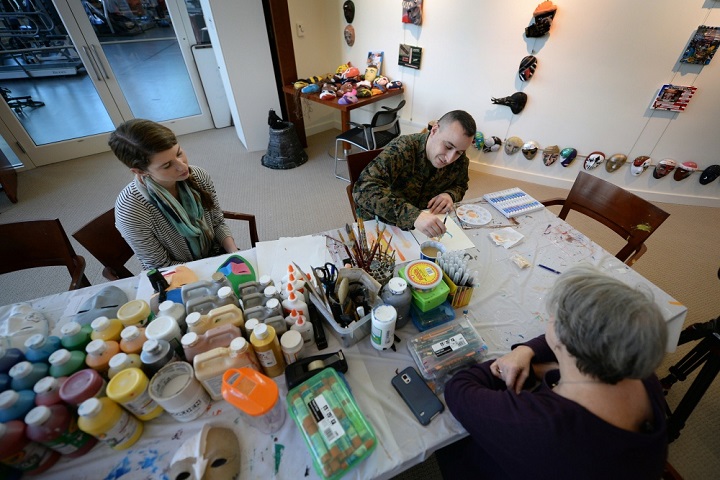
Blood test to identify TBI among 2018 achievements
Pilot Program on Investigational Treatment of Members of the Armed Forces for TBI and PTSD
Congressional Testimony
10/9/2018
HR 3304, NDAA for FY 2014, Sec. 704
Labyrinth: This path is made for mindful walking
Article
9/27/2018

NICoE uses ancient symbol to promote healing
Air Force's first Invisible Wounds Center opens
Article
9/10/2018

The center will serve as a regional treatment center for post-traumatic stress, traumatic brain injury, associated pain conditions and psychological injuries
Healthy sleep for healing
Article
8/7/2018
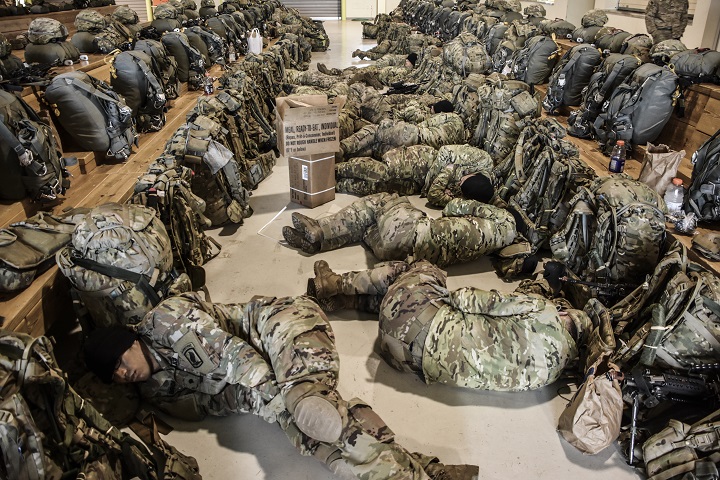
We know how to treat bad sleep
For children who get concussions, brain rest is best
Article
4/19/2018

Most recover fully, but it may take longer to heal
Identification of brain injuries in deployed environment surged after enactment of DoD policies
Article
3/27/2018
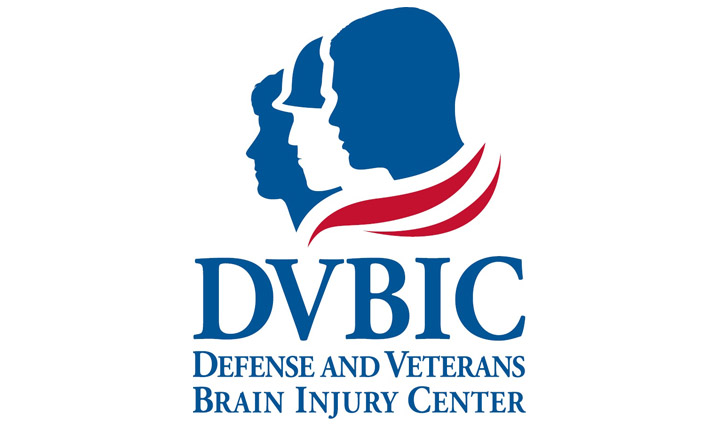
Researchers compared the number of TBIs before and after introduction of new policies aimed at screening for and identifying deployment-related TBIs
The relentless winter poses risk for head injuries
Article
3/21/2018
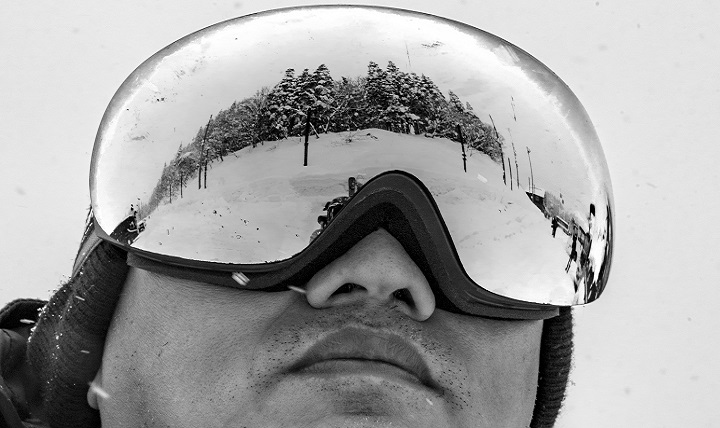
Whether snowboarding or walking on an icy sidewalk, winter conditions and sports can pose an increased risk for traumatic brain injuries
First-ever blood test for detecting brain injury cleared by FDA
Article
3/15/2018
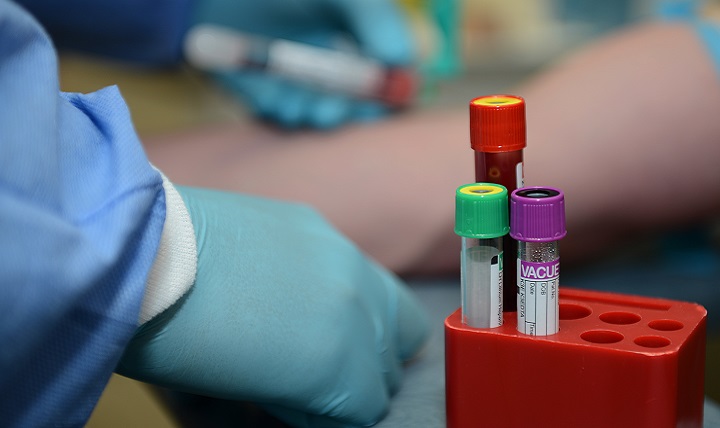
Research funded by the DoD and U.S. Army breaks ground on brain injury diagnostics
Defense and Veterans Brain Injury Center Celebrates 25 Years
Video
3/12/2018

Katherine Helmick, DVBIC acting national director, discusses DVBIC achievements and goals to advance service members' health care. DVBIC honors 25 years of military health care by continued dedication to research and treatment of traumatic brain injury.
Traumatic Brain Injury and the Art of Paddling
Article
3/7/2018
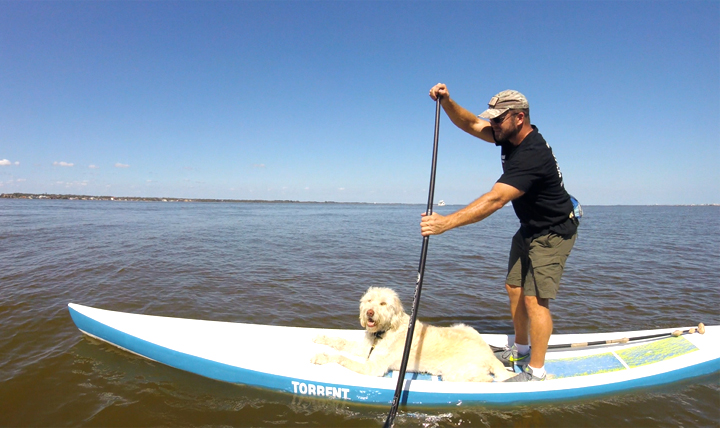
A U.S. Army veteran’s recipe for embracing life after several TBIs
Brain Injury Awareness Month - Videos spotlight military TBI champions
Article
3/5/2018
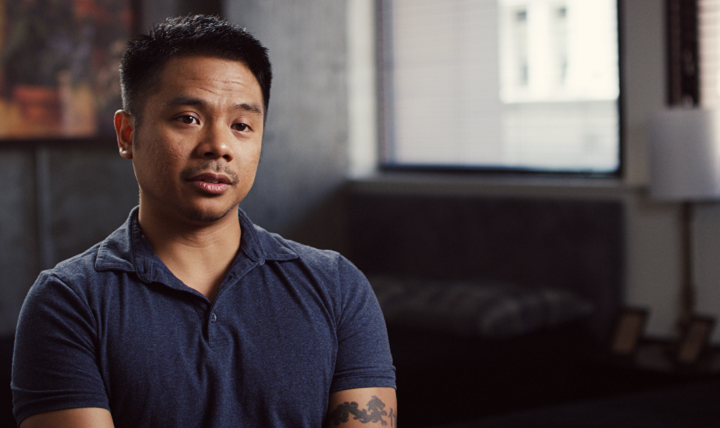
During Brain Injury Awareness Month and beyond, we want our military community to know that recovery from a TBI is possible
Invisible wound, visible effects: TBIs need medical help – and the sooner, the better
Article
12/13/2017
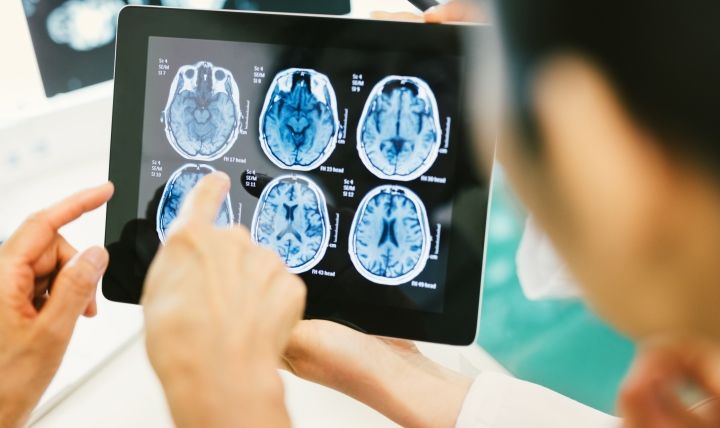
The road to recovery for a traumatic brain injury starts with an evaluation. Regardless of severity or cause, all TBIs require medical attention, experts warn.
Doctors use cutting-edge research at Navy hospital
Article
12/6/2017
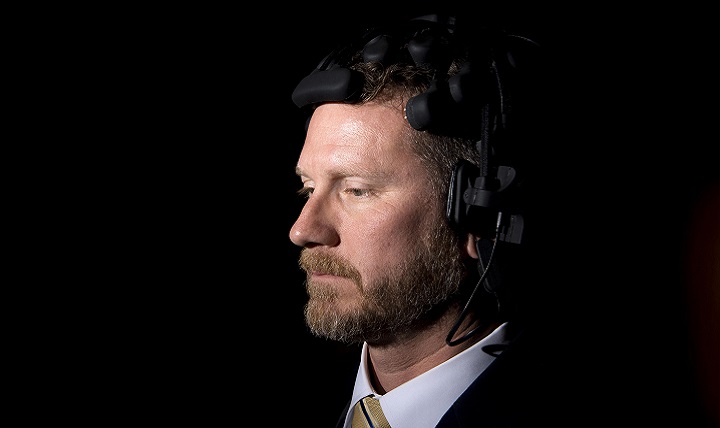
The Navy is developing and using cutting-edge research to better help service members, their family members and retirees





















.png)












No hay comentarios:
Publicar un comentario